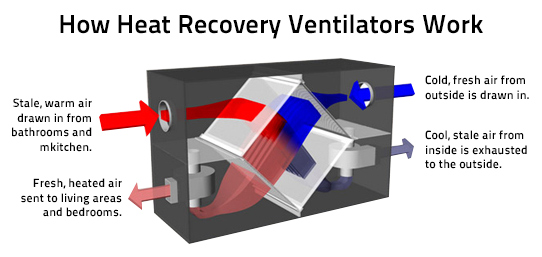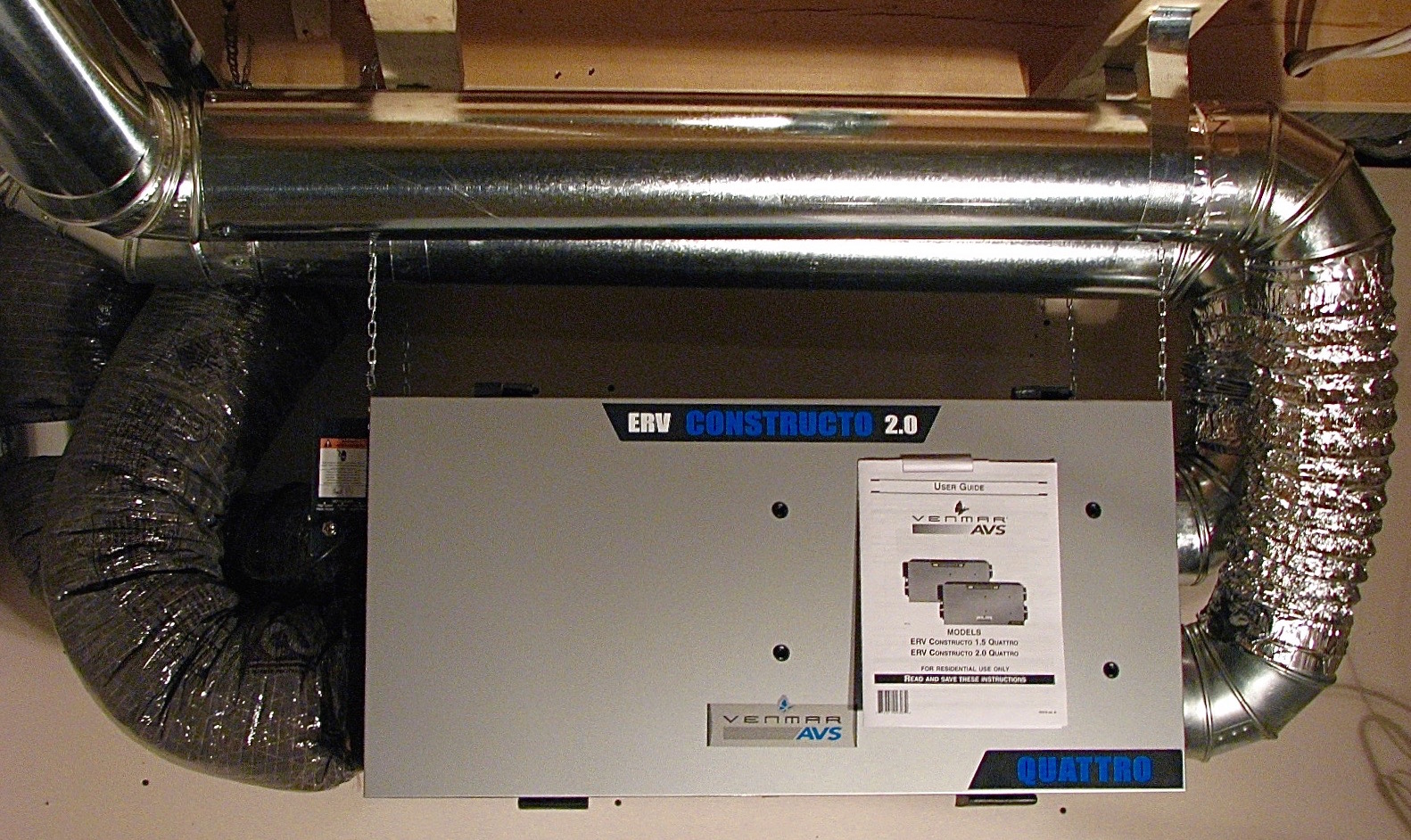The All-Inclusive Overview to the Uses of Heat Recovery Ventilation in Modern Buildings
Heat Recovery Ventilation (HRV) systems stand for a considerable development in constructing innovation (HRV Heat Recovery Ventilation). They provide an approach for trading stale indoor air with fresh exterior air while lessening energy loss. This technique not only improves indoor air quality yet additionally contributes to power performance in both household and business structures. Recognizing the various applications and advantages of HRV can expose its important function in modern-day design and sustainability efforts. The effects of this technology are worth checking out even more
Recognizing Heat Recovery Ventilation Solutions

Although numerous modern buildings prioritize energy efficiency, recognizing warmth recovery air flow (HRV) systems is essential for enhancing interior air quality and lowering power usage. HRV systems function by transferring warm from stagnant indoor air to inbound fresh air, effectively preserving comfy interior temperature levels while reducing power loss. These systems include a warmth exchanger, followers, and ductwork that help with the blood circulation of air. During winter months, HRV units record and reuse warmth from the outward bound air, while in summertime, they can assist cool incoming air. By continually exchanging air, HRV systems additionally reduce humidity and the focus of interior toxins. Proper setup and upkeep of HRV systems are necessary for their efficiency and effectiveness in improving overall structure performance and comfort.
Advantages of Heat Recovery Ventilation
Heat recovery ventilation systems supply various benefits that boost both energy efficiency and interior air top quality in modern buildings. By recording and recycling power from exhaust air, these systems considerably minimize heating and air conditioning prices, causing reduced energy consumption. They maintain a consistent flow of fresh exterior air, reducing the danger of indoor air toxins and irritants. This continual exchange aids control moisture levels, stopping mold development and making certain a healthier living setting. In addition, HRV systems add to sustainability goals by reducing overall carbon impacts. Their ability to optimize ventilation without sacrificing thermal convenience makes them an important enhancement to modern building layout, promoting both financial and eco-friendly advantages.
Applications of HRV in Residential Structures
As property owners significantly focus on power effectiveness and indoor air top quality, the applications of heat recovery air flow (HRV) systems in property structures have ended up being extra prevalent. HRV systems are particularly helpful in snugly secured homes, where keeping fresh air blood circulation is vital for preventing dampness accumulation and interior toxins. They effectively move heat from outbound stale read this post here air to inbound fresh air, lowering power costs connected with cooling and heating. Furthermore, HRVs can improve convenience degrees by controling humidity and temperature level. They are also versatile for different residential layouts, including single-family homes and multi-unit buildings. On the whole, incorporating HRV systems sustains lasting living practices while ensuring a healthier indoor setting for occupants.
HRV in Commercial and Industrial Settings
In commercial and commercial settings, the application of warm recovery air flow (HRV) systems has become significantly important for maximizing energy effectiveness and maintaining air top quality. These systems efficiently move warmth from exhaust air to incoming fresh air, lowering the requirement for additional home heating or cooling. This not just reduces energy prices but also contributes to sustainability efforts. Industries such as manufacturing, warehousing, and office complex profit considerably from HRV visit the website systems, as they aid regulate temperature and humidity degrees, making sure a comfortable and efficient environment. HRV systems help in getting rid of impurities and excess moisture, improving indoor air high quality. As guidelines around air high quality end up being stricter, the adoption of HRV technology is likely to expand, making it a vital component of contemporary commercial and industrial facilities.
Future Patterns in Heat Recovery Ventilation Innovation

Regularly Asked Questions
Exactly How Does Heat Recovery Ventilation Impact Indoor Air Quality?
Heat recovery ventilation substantially enhances interior air high quality by constantly trading stale interior air with fresh exterior air while recuperating energy. This process minimizes contaminants, keeps optimal moisture degrees, and ensures a healthier atmosphere for residents.
Can HRV Solutions Be Mounted in Existing Structures?
HRV systems can indeed be mounted in existing buildings. Retrofitting may need modifications to ductwork and ventilation formats, but it considerably boosts power performance and interior air top quality, making it a practical option for older frameworks.
What Upkeep Is Needed for HRV Systems?

Are There Specific Climates Where HRV Is Extra Reliable?
Heat recovery ventilation systems are especially efficient in climates with significant temperature distinctions between seasons. These systems optimize power effectiveness by recovering warm from exhaust air, making them optimal for both chilly and reasonably warm environments.
Just How Do HRV Systems Affect Energy Costs?
